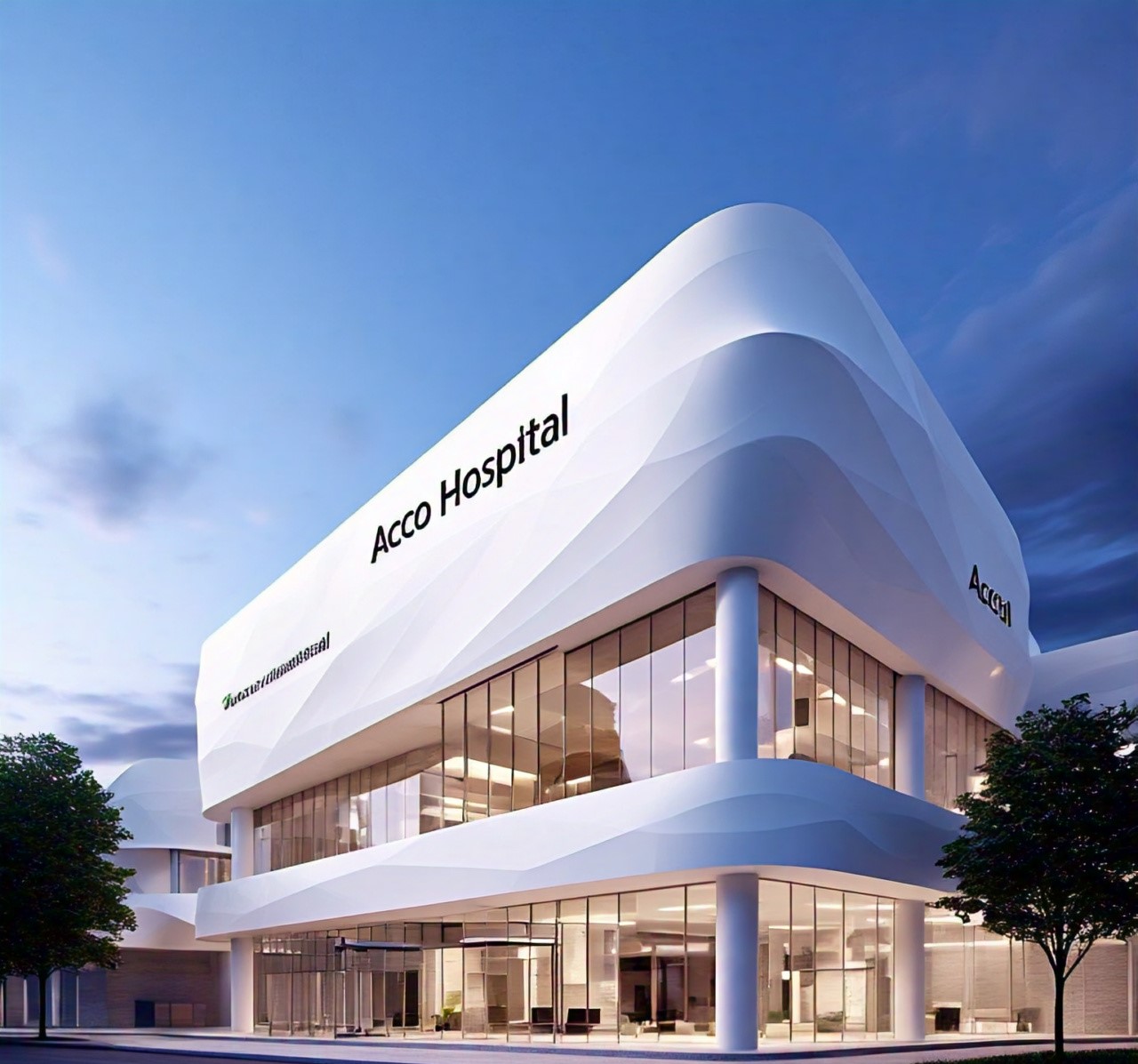
HOSPITAL DESIGN HUB Innovative Hospital Design Trends in Iran: A Comprehensive Guide
Innovative Hospital Design Trends in Iran: A Comprehensive Guide
Iran is witnessing significant advancements in hospital design, driven by a blend of cultural heritage, modern technology, and a growing focus on sustainability. This guide explores the key trends shaping the future of healthcare facilities in the country, highlighting how these innovations are enhancing patient care, improving efficiency, and creating environments that promote healing.
1. Sustainability and Energy Efficiency
With increasing awareness of environmental issues, sustainable design has become a top priority in Iran’s hospital architecture. Architects are incorporating energy-efficient systems, such as solar panels and high-performance insulation, to reduce the carbon footprint of healthcare facilities.
- Key Elements:
- Solar Energy: Solar panels are being installed to supplement electricity needs, especially in regions with abundant sunlight.
- Water Conservation: Hospitals are adopting water recycling systems and low-flow fixtures to conserve water, a crucial resource in many parts of Iran.
- Green Building Materials: The use of locally sourced, eco-friendly materials helps reduce the environmental impact of construction.
2. Patient-Centered Design
Modern hospital design in Iran is increasingly focused on creating environments that prioritize the comfort and well-being of patients. This trend emphasizes natural light, greenery, and soothing interiors to promote healing.
- Key Elements:
- Healing Gardens: Many hospitals are integrating gardens and green spaces to provide patients with a calming environment.
- Natural Light: Large windows and skylights are used to maximize natural light, reducing the need for artificial lighting and creating a more inviting atmosphere.
- Comfortable Interiors: Thoughtful interior design, including the use of soft colors and comfortable furniture, enhances the overall patient experience.
3. Cultural Integration
Iranian hospital designs are increasingly reflecting the country’s rich cultural heritage. This includes the incorporation of traditional architectural elements, such as intricate tile work, arches, and Persian motifs, creating a sense of familiarity and comfort for patients and their families.
- Key Elements:
- Islamic Architecture: Design elements inspired by Islamic architecture, such as geometric patterns and arches, are commonly used.
- Culturally Appropriate Layouts: Hospitals are designed with separate areas for men and women, respecting cultural norms and ensuring privacy.
- Local Art: The inclusion of Persian art and calligraphy in hospital interiors helps create a culturally resonant environment.
4. Technology Integration
The integration of advanced technology in hospital design is a growing trend in Iran, enhancing the efficiency and effectiveness of healthcare delivery.
- Key Elements:
- Smart Systems: Hospitals are equipped with smart building systems that control lighting, temperature, and security, improving operational efficiency.
- Telemedicine: The incorporation of telemedicine facilities allows for remote consultations, expanding access to healthcare services in rural and underserved areas.
- Digital Wayfinding: Digital signage and wayfinding systems help patients and visitors navigate complex hospital layouts with ease.
5. Flexibility and Modular Design
To accommodate future growth and changing healthcare needs, many new hospitals in Iran are being designed with flexibility and modularity in mind. This allows for easy expansion and adaptation without significant disruptions.
- Key Elements:
- Modular Construction: Prefabricated modules are used for quicker construction and easy future expansion.
- Flexible Spaces: Multi-functional spaces that can be adapted for different uses as needed, such as converting general wards into specialized care units.
- Scalable Infrastructure: Building systems are designed to be easily upgraded or expanded, ensuring the hospital can evolve with technological advancements.
6. Resilience and Disaster Preparedness
Given Iran’s vulnerability to earthquakes and other natural disasters, hospital design increasingly focuses on resilience and safety. This includes the use of earthquake-resistant structures and emergency preparedness features.
- Key Elements:
- Seismic Design: Hospitals are built with reinforced structures and materials to withstand seismic activity.
- Emergency Response Systems: Hospitals are equipped with advanced emergency systems, including backup power and water supplies, to remain operational during disasters.
- Disaster Drills: Designated spaces and layouts facilitate efficient evacuation and emergency response drills.
7. Community and Family Engagement
Recognizing the important role of family in patient care, Iranian hospitals are designed to accommodate family members and engage the community.
- Key Elements:
- Family-Centric Spaces: Designated waiting areas, lounges, and accommodations for family members staying with patients.
- Community Health Services: Hospitals are increasingly integrating community health services, such as educational programs and preventive care initiatives.
- Public Spaces: The inclusion of public spaces, like cafes and shops, fosters a sense of community and makes hospitals more accessible.
8. Healthcare Workforce Wellbeing
Designing hospitals with the wellbeing of healthcare workers in mind is a growing trend in Iran, recognizing that the quality of care depends on the health and happiness of the staff.
- Key Elements:
- Staff Lounges: Comfortable break rooms and lounges where healthcare workers can rest and recharge.
- Natural Lighting and Ventilation: Ensuring workspaces are well-lit and ventilated to reduce stress and fatigue.
- Access to Nature: Providing outdoor spaces where staff can take breaks and relax.
Conclusion
Hospital design in Iran is evolving rapidly, incorporating modern technology, sustainability, and cultural sensitivity to create healthcare environments that meet the needs of both patients and staff. These innovative trends are setting new standards for healthcare facilities in the country, ensuring that they are not only functional and efficient but also supportive of healing and community engagement. As these trends continue to develop, they will play a crucial role in shaping the future of healthcare in Iran.
4o




